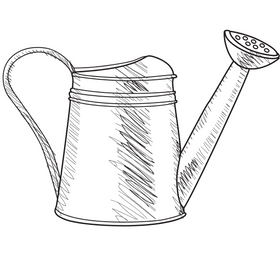A Comprehensive Guide to Creating an HTML Sitemap for SEO
Blogs
Blog Posts
An HTML sitemap is overlooked yet potent tool for optimising your website for search engines. It is a roadmap of your website that helps search engine crawlers understand the structure of your website better.
As opposed to an XML sitemap, an HTML sitemap is primarily designed for humans. It provides a simple, plain-text version of all the content available on your website. This helps in improving user navigation and overall user experience.
Creating an HTML sitemap might seem daunting, but it is relatively straightforward. The first step is to identify and list all the pages on your website. The next step is to organise these pages in a hierarchical manner. For larger websites, you might have to categorise your pages into different sections or sub-sections. Lastly, link all these pages from your sitemap and voila, your HTML sitemap is ready.
An optimised HTML sitemap not only improves user navigation but also helps in boosting your website's SEO. It does this by making it easier for search engine crawlers to find and index all the pages on your website.
To reap the maximum SEO benefits from your HTML sitemap, ensure that it is clean, organised, and regularly updated. A stale sitemap with broken links or outdated pages can do more harm than good.
Lastly, although an HTML sitemap is a small part of your overall SEO strategy, it can play a significant role in improving your website's visibility and ranking on search engine results pages. So, don't overlook it.





